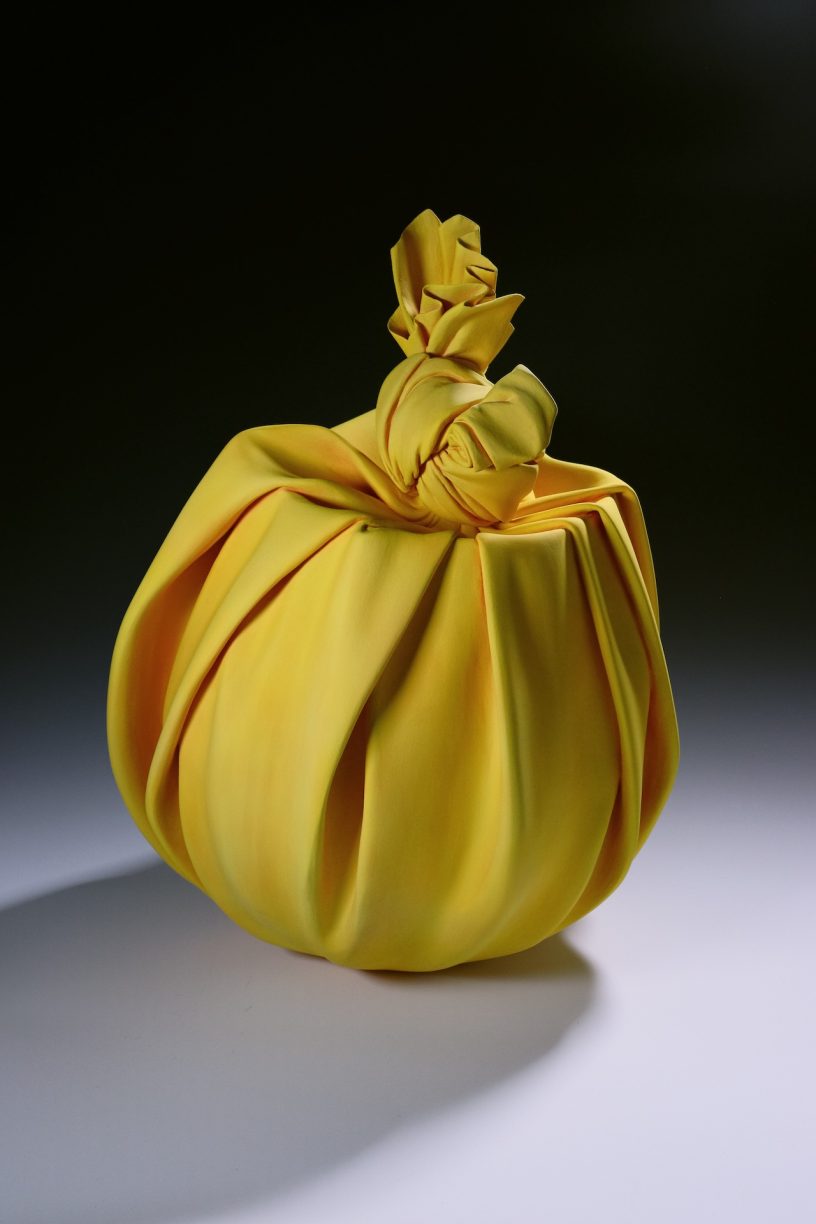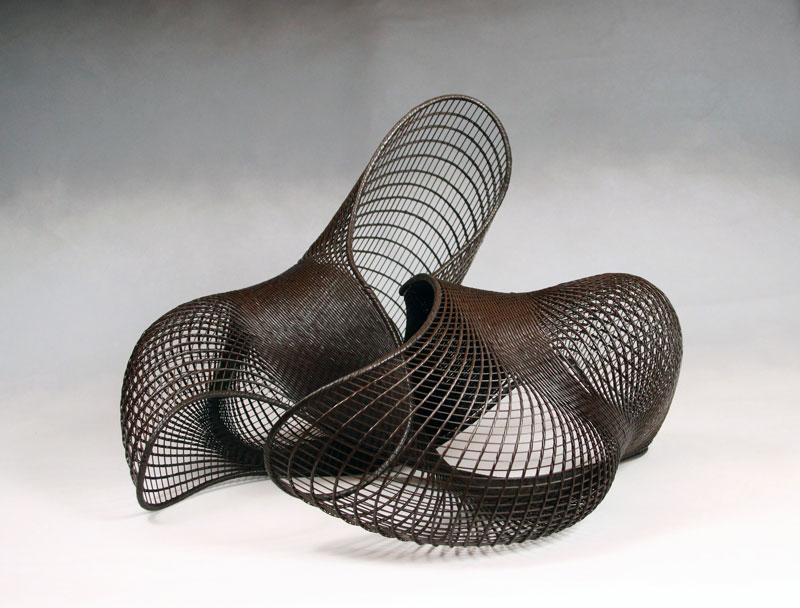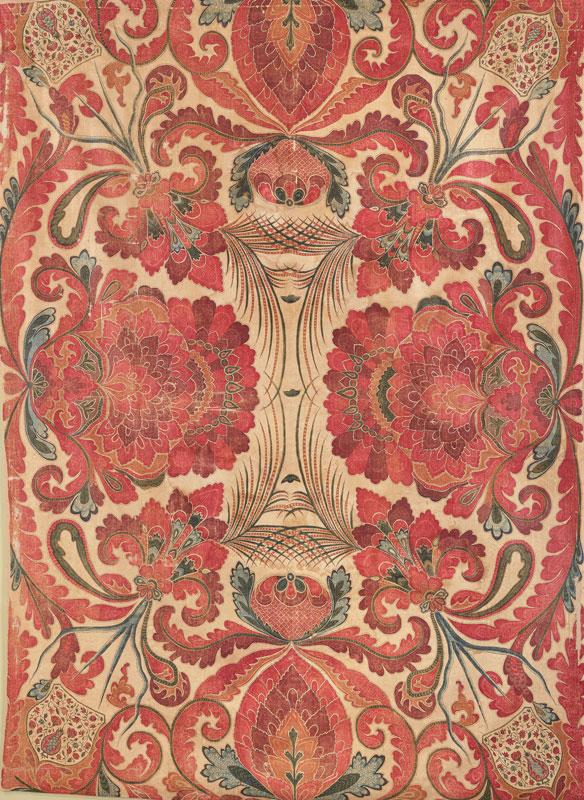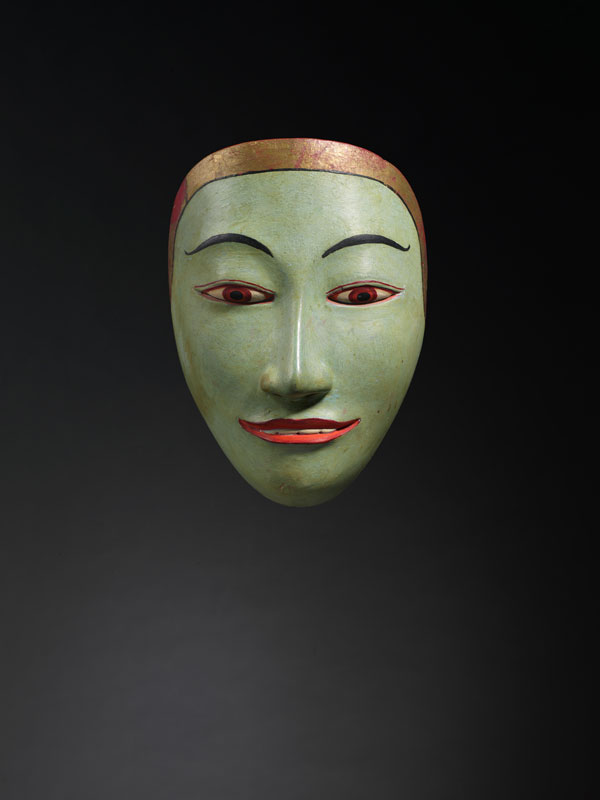New York: Since its inception fifteen years ago, Asia Week New York has stood at the forefront of facilitating collaboration between Asian art galleries and museums. Embracing the rich tapestry of Asian art, this annual event has been instrumental in the acquisition and preservation of exceptional artworks from the region.
Mike Hearn, Douglas Dillon Chairman of The Met’s Department of Asian Art, said: “For eleven years, The Met has been privileged to work with Asia Week New York to welcome members of the Asian art community. This year, in addition to featuring six special exhibitions in our permanent galleries of Asian Art, we are proud to present Indian Skies: The Howard Hodgkin Collection of Indian Court Painting, which features 120 superb Mughal, Deccani, Rajput, and Pahari works.”
“Asia Week New York is a fixture in the calendar of museums and serious collectors in America,” says Dr. Andreas Marks, Mary Griggs Burke Curator of Japanese and Korean Art and Director of the Clark Center for Japanese Art at the Minneapolis Institute of Art. “There is no better opportunity to see a wide range of artworks, and network with colleagues, collectors, gallerists, and patrons.”
Asia Week New York serves as an invaluable platform that amplifies this collaborative spirit. By bringing together leading Asian art galleries, museum curators, collectors, and enthusiasts, the event fosters an immersive environment where the exchange of ideas and artworks thrives. Participating galleries present meticulously curated collections, providing museum curators and their patrons with unparalleled opportunities to explore and acquire pieces that align with their institutional visions.
Says Ellen Avril, Chief Curator and the Judith H. Stoikov Curator of Asian Art at Cornell University’s Herbert F. Johnson Museum of Art: “I have been attending Asia Week since its inception and find it to be a wonderful occasion to connect with collectors, dealers, and other curators to look at great works of art together and learn from each other. The range of Asia Week’s offerings have been an important source for our museum’s acquisitions over the years, enhancing our audiences’ experience of Asian art across time and cultures.”
The synergy among gallery owners, museum curators, and patrons in the realm of Asian art acquisition is built on shared objectives of cultural preservation, education, and appreciation. Galleries, as custodians of diverse collections, serve as the initial conduits through which museums discover and acquire exceptional artworks. Herewith is a list of a selection of cultural institutions which have acquired works of art from Asia Week New York galleries:
The Dallas Museum of Art purchased Tsutsumimono, a Tanaka Yu sculpture in the shape of knotted furoshiki (wrapping cloth) appearing to contain a rounded vessel, from Joan B Mirviss LTD, while The Detroit Institute of Art acquired Creature, a porcelain sculpture by the Japanese ceramist Konno Tomoko from Onishi Gallery, and the Asian Art Museum in San Francisco acquired Flowers, Vessel and Inkstone, by An Jungsik.

Dance, a madake bamboo and rattan basket, by Honda Syoryu, was acquired from TAI Modern, by the Herbert F. Johnson Museum of Art at Cornell University. Egenolf Gallery Japanese Art sold Mountain Stream, Yosemite, a masterpiece by Chiura Obata to the Whitney Museum; a Hidasuki Bizen jar crafted by the renowned artist Isezaki Jun, from Dai Ichi Arts, Ltd., found a permanent home within the esteemed collections of the Jordan Schnitzer Museum of Art, in Portland, Oregon.

Saltscape, Lattice, by Arnold Chang & Michael Cherney, featured at Fu Qiumeng Fine Art landed at the Art Institute of Chicago, while MIYAKO YOSHINAGA reported that the University of Michigan Museum of Art purchased Colors of Traces #1, a set of nine paintings, by Manika Nagare. An 18th-19th century Mughal jade-hilted and jeweled khanjar at Kapoor Galleries is on display at The Princeton Museum University Art Museum.

The Cincinnati Art Museum acquired an intricately patterned bedcover which they spotted at Francesca Galloway. Young Girl with a German Shepherd Dog, a two-panel Showa era screen by Eikō Ikeda, shown at Thomsen Gallery, now hangs at the Museum of Fine Arts, Houston. Chaos, Ken Matsubara’s Buddhist masterwork, from Ippodo Gallery, is on view at the Minneapolis Institute of Art.

Asia Week New York has always enticed European museum curators who make the gallery rounds during this time. A few of them include: the Rijksmuseum, Amsterdam which acquired New Year’s Day at a Mansion in the Suburbs of Edo, by Katsukawa Shuncho, circa 1788, from Scholten Japanese Art; an important Deccani Equestrian Portrait, perhaps depicting Ikhlas Khan, from Oliver Forge and Brendan Lynch, Ltd. landed overseas at The British Library, in London, while a 19th/early 20th century Balinese Mask with an Idealized Likeness offered by Thomas Murray was snapped up by The Musée du Quai Branly in Paris.

Concludes Brendan Lynch, chairman of Asia Week New York: “Museums, galleries, and auction houses share a synergistic relationship in the acquisition of Asian works of art. This event provides an essential space for fostering collaboration that transcends mere transactions. It’s a celebration of culture, history, and a collective commitment to preserving Asia’s artistic heritage.”

About Asia Week New York
Asia Week New York is a nine-day celebration, bringing together top-tier international Asian art galleries, the six major auction houses, and numerous museums and Asian cultural institutions. It features simultaneous gallery open houses, Asian art auctions, museum exhibitions, lectures, and special events. Participants from Great Britain, Hong Kong, Japan, Switzerland, and the United States unveil an extraordinary array of museum-quality treasures from China, India, the Himalayas, Southeast Asia, Tibet, Nepal, Japan, and Korea. Asia Week New York Association, Inc. is a 501(c)(6) non-profit trade membership organization registered with the state of New York. For more information, visit www.AsiaWeekNewYork.com @asiaweekny #asiaweekny
About Songtsam, Presenting Sponsor
Songtsam (“Paradise”) is an award-winning luxury collection of sixteen hotels, resorts, and tours located in Tibet and Yunnan Provinces, China. Founded in 2000 by Mr. Baima Duoji, a former Tibetan documentary filmmaker, Songtsam is the only collection of luxury Tibetan-style retreats within the wellness space focusing on the concept of Tibetan meditation by combining physical and spiritual healing together. The unique and sustainable properties offer guests authenticity, within the context of refined design, modern amenities, and unobtrusive service in places of untouched natural beauty and cultural interest. One of the Songtsam Properties is a Virtuoso Preferred Partner and four of the Songtsam Properties are Serandipians Hotel Partners. Songstam welcomes all travelers including families with children, travelers with disabilities and is LGBTQ+ friendly.

For hi-res images visit https://asiaweekny.com/museum-images
Captions (top to bottom):
TANAKA YŪ (b. 1989)
Tall yellow sculpture in the shape of knotted furoshiki (wrapping cloth) appearing to contain a rounded vessel titled, Tsutsumimono
2022
Glazed stoneware
4 3/8 x 18 1/2 x 19 in.
Photo by Richard Goodbody
(Courtesy: Joan B Mirviss LTD./Dallas Museum of Art)
Honda Syoryu
Dance
2018
Madake bamboo, rattan
16 x 21 x 20.5 in
(Courtesy: TAI Modern/Herbert F. Johnson Museum of Art at Cornell University)
Arnold Chang & Michael Cherney
Saltscape Lattice
2018
Photography and ink on xuan paper mounted on paper
23 1/4 x 55 3/4 in (59.1 x 141.6 cm)
(Courtesy: Fu Qiumeng Fine Art/Art Institute of Chicago)
Bedcover or hanging (palampore)
Coromandel Coast for the European (probably Dutch) market
First half of the eighteenth century
209.5cm x 288 cm
Cotton, mordant-dyed and resist-dyed
(Courtesy: Francesca Galloway/Cincinnati Art Museum)
Katsukawa Shuncho
New Year’s Day at a Mansion in the Suburbs of Edo
Ca. 1788
Oban tate-e triptych 15 1/4 by 30 3/8 in (38.7 by 77 cm)
(Courtesy: Scholten Japanese Art/Rijksmuseum, Amsterdam)
Mask with an Idealized Likeness Bali
19th/early 20th Century
Wood, gesso, pigment
6.5 in (16.5 cm)
(Courtesy: Thomas Murray/the Musee du Quai Branly, in Paris)
